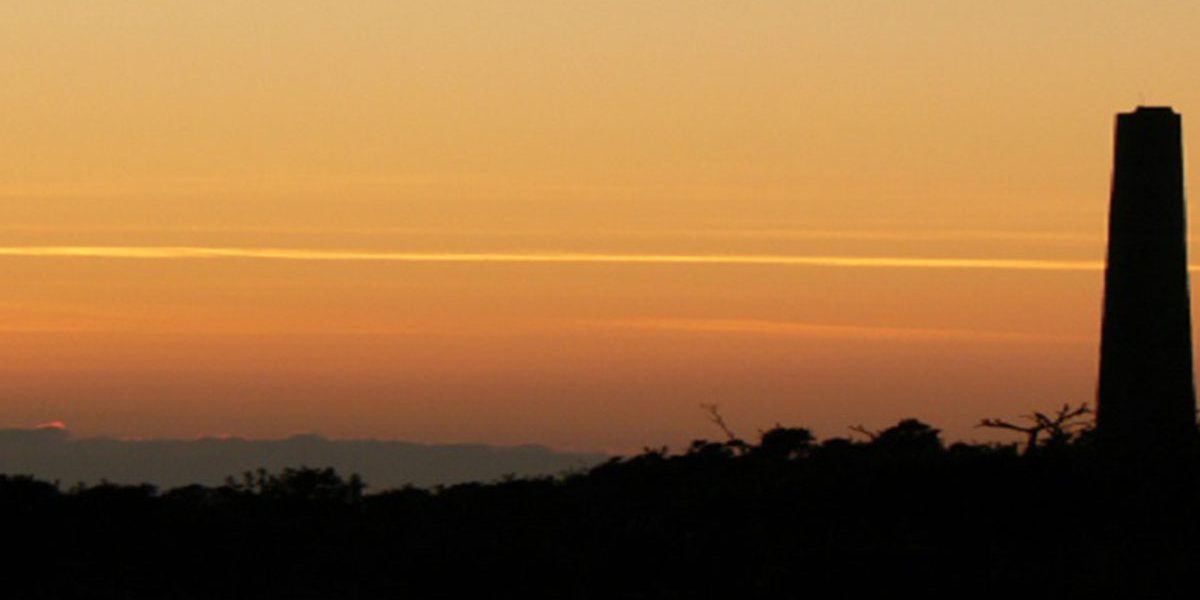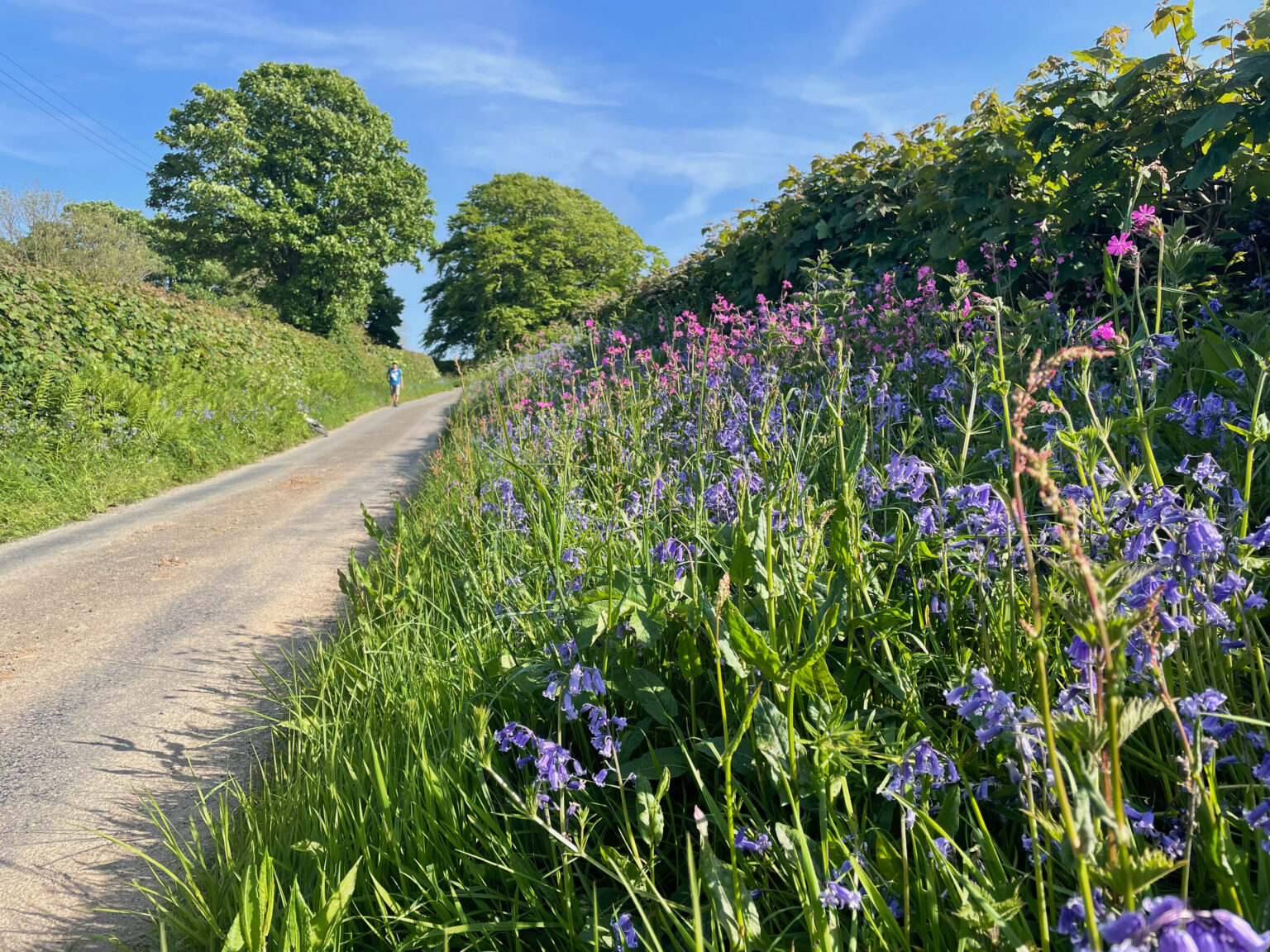Spanning the Border Between Devon and Cornwall
Stretching from the high granite ridge and exposed moors of Kit Hill in Cornwall, to the lush, deep wooded valleys of the meandering Tamar River. From the farming lands of the Devon plateau and beyond – the Tamar Valley and Tavistock area of the Cornish Mining World Heritage Site spans the border between Devon and Cornwall. In today’s tranquillity it’s hard to imagine the noise from over 100 mines that operated at the height of its mining boom.
Both banks of the Tamar supplied much of the world’s copper and tin for substantial periods over the last 4,000 years. But it was during the 18th and 19th centuries that the area saw its biggest mining boom.

Copper & Arsenic!
Metallic mineral lodes trend east northeast – west southwest across the Valley. Stretching from the fringes of Dartmoor in the east to the granite mass of Kit Hill in the west. These lodes were exploited by many individual mine workings, particularly during the eighteenth to early twentieth centuries. This was a period of major industrialisation which had a significant impact on the predominantly rural landscape. The populations of villages and towns such as Gunnislake, Drakewalls, Luckett and Tavistock increased dramatically during the nineteenth century as a result of the burgeoning mining industry.
Copper mining and arsenic production, in particular, dominated the fortunes of the Tamar Valley well into the twentieth century. Devon Great Consols was at one time the largest copper producer in Europe and, later in its productive life, able to supply half the world’s demand for arsenic.

Quays along the Tamar
Small quays along the Tamar, at Morwellham, New Quay, and Calstock, also played a part in the story of the valley. These were developed or greatly expanded to facilitate the shipment of thousands of tons of copper ore. Water transportation was by far the most efficient method of moving ore out of the valley to the smelters in Swansea. Morwellham Quay in particular was the major focus of business for Devon Great Consols. To this end, a dedicated dock, with rail link to the mine, was constructed to enable both the sampling and storage of its ores.

The Landscape Today
Today much of the former mining landscape on the eastern shores of the valley has been masked by trees. For example, the workings of Devon Great Consols is hidden by conifer plantations following the Bedford Estate’s wish to return all mining land to woodland following the cessation of works.
The observant will notice that mining had a very strong grip here however, through the presence of isolated chimneys, spoil dumps and the occasional derelict engine house in the landscape.

Silver Mines of the Thirteenth Century
On the Bere Peninsula, east of the river, north-south aligned silver-lead lodes had also been worked, but from considerable antiquity; the earliest records of exploitation here date from the late thirteenth century when miners were recruited by the English Crown to work the Bere Ferrers silver mines. In addition to the introduction of deep adits and mechanised pumping during the medieval and post-medieval periods, the Bere Ferrers mines also employed an early contract system of mine working. This was to form the basis of the later tribute system which became one of the main methods of working metalliferous mines in Cornwall and Devon during the eighteenth and nineteenth centuries.
Urban settlements were also radically changed through the profound influence of metal mining during the nineteenth century. The centre of the historic town of Tavistock was greatly altered through the vision and mining wealth of the 7th Duke of Bedford. Bedford Square and its grand civic buildings owe their existence to the substantial profits generated from copper mining. The stimulus of copper production also led to Tavistock becoming a centre for iron founding and engineering with works such as Gill and Rundle’s Mount Foundry manufacturing mining machinery, tools and steam engines which were exported throughout Britain and overseas.

Pits, Shafts and Open Works
Kit Hill to the west of the Tamar also became a major centre of mineral exploitation with tin mining along with granite quarrying being major activities. Today the hill slopes are covered with an extraordinary assemblage of ore prospecting pits, shafts and open works which are testament to the historic importance of tin production. Wolframite, an ore of tungsten, was also sought during the First World War then being particularly in demand for the hardening of steel.
Our unique industrial and cultural landscape survives as a tribute to one of the most rapid periods of economic, industrial and social development the UK has known. As it declined, many miners and their families emigrated, taking their expertise and labour across the world – a movement that became the ‘Cornish Diaspora’.
To learn more about the history of Cornish mining, and about the other parts of the Cornish mining, and about the other parts of the Cornish Mining World Heritage Site, visit www.cornish-mining.org.co.co.uk.





